By tourist on April 18, 2015
Caminha, Slider
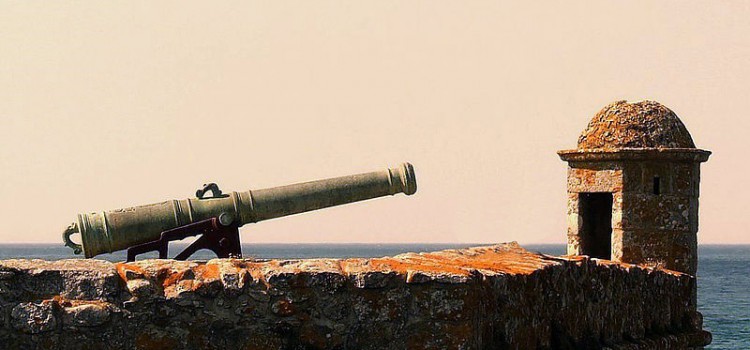
This small island, there are about two hundred meters from the coast, south of the mouth of the river Minho, was originally used as a place of worship. In the Christian era, it stood a small chapel under the invocation of Our Lady of Insua. In 1392, Franciscan friars of Galicia under the direction of […]
By tourist on April 18, 2015
route, santiago
Caminha, Religious tourism
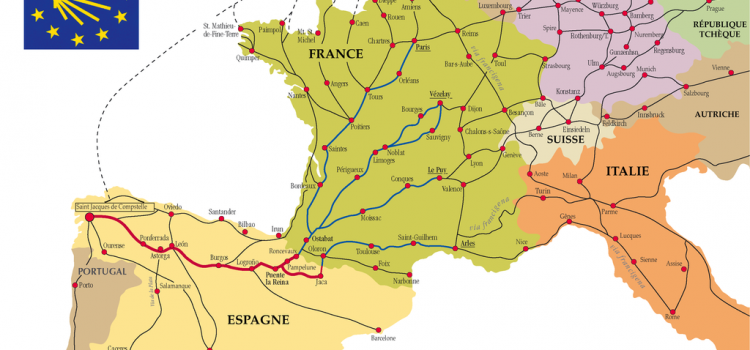
Portuguese Coast Route of Santiago de Compostela Given its geographic location, walks became always obligatory passage point for pilgrims to Santiago de Compostela, here crossed two main routes or the pilgrim take the path of the Interior or the Northwest Path or take the Seaway. The proximity on the Minho River as an alternative allows […]
By tourist on April 18, 2015
Peneda-Gerês National Park
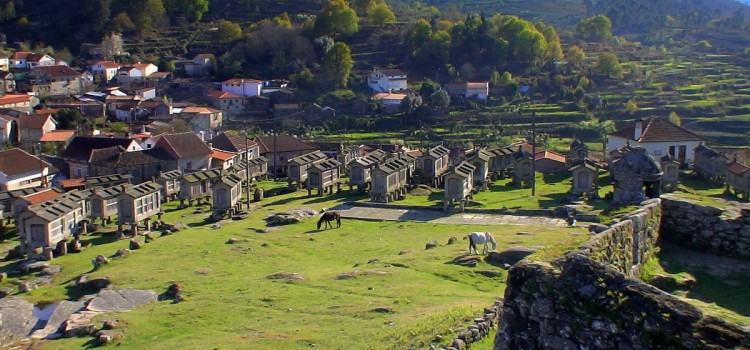
Next to the Castle of Lindoso is another monumental site consists of 50 corn barns from the 17th and 18th century showing a unique collection in the region of great architectural beauty, arranged in a terrace in the sun, as “warriors forming in defense of his castle”. Al in stone and based on several pillars with stone […]
By tourist on April 18, 2015
Peneda-Gerês National Park
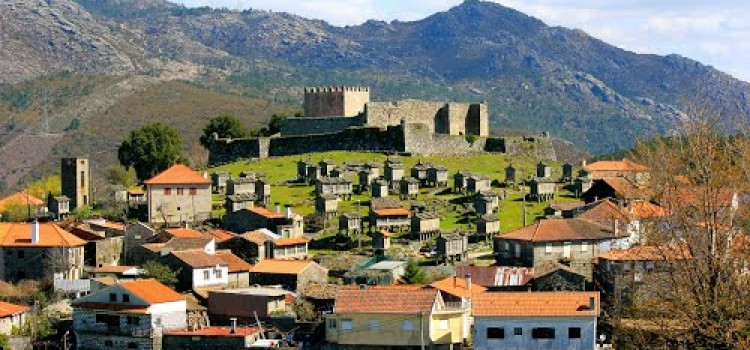
Castle of Lindoso was built during the reign of King Afonso III (king of Portugal), by the year 1250 is supposed, integrate it into its defense policy of border areas, which was later extended in the reign of King Dionisio. This castle played an important role during the War of Restoration of Independence of Portugal, […]
By tourist on April 18, 2015
arga, viewpoint
Caminha, Ecotourism, Peneda-Gerês National Park
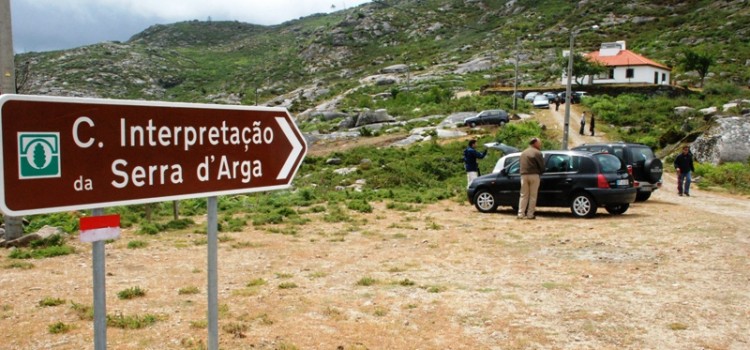
The Serra d’Arga rising to 825 meters (Alto do Espinheiro). Is located in the Alto Minho in the mountain range of the Peneda-Geres. It is of granite origin. Like most of the mountains and hills of northern Portugal, the Serra d’Arga comes from granite outcrops, and all existing rocks are derived directly or indirectly from this plutonic […]
By tourist on April 18, 2015
Ecotourism, Peneda-Gerês National Park, Slider
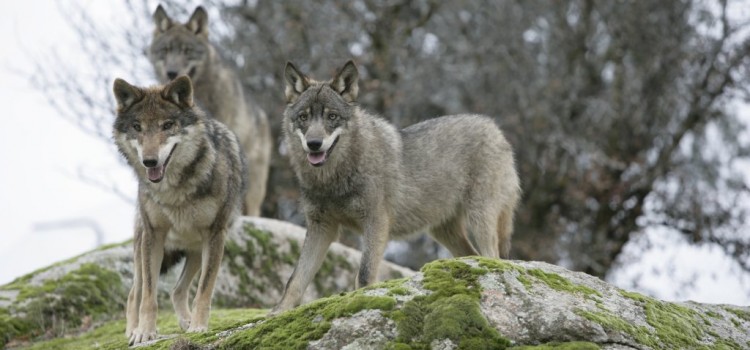
Biomass coverage of the Serra do Gerês, Serra Amarela, Serra do Peneda and Serra do Soajo, as well as the Mourela and Castro Laboreiro plateaus, are dominated by four distinct biomes: oak forest, shrubbery, marshes and riparian vegetation. The floristic diversity includes 823 vascular taxa that occur in 128 types of natural vegetation. The oak forests […]
By tourist on April 18, 2015
Ecotourism, Peneda-Gerês National Park
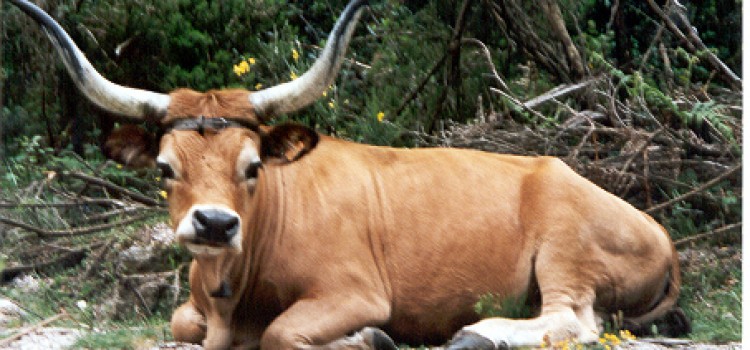
The park tries to simultaneously encourage and control tourism, since the park’s nature would not resist a massive flow of tourists. Accordingly there are six small camping sites and several hikingtrails are marked, making it relatively easy to find many of the most interesting spots, such as the castros at Castro Laboreiro and Calcedónia and the monastery at Pitões das Júnias. The […]
By tourist on April 18, 2015
Peneda-Gerês National Park
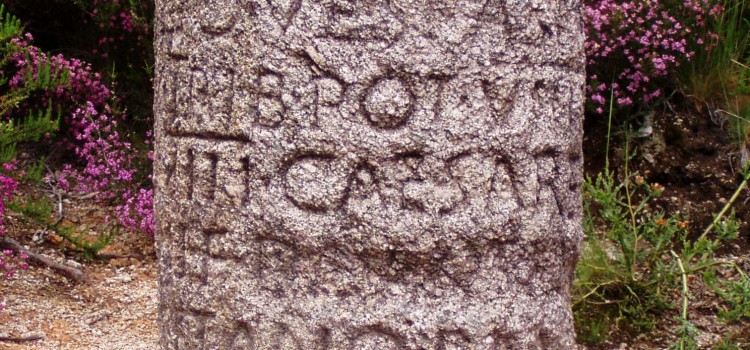
The Roman Geira, a Roman road, crosses the region, which formerly connected the Roman civitas of Asturgia and Braccara Augusta. Long stretches of the road, along the Homem River are still preserved, along with several Roman bridges and numerous millenarium markers. The Germanic tribe of the Buri accompanied the Suebi in their invasion of theIberian Peninsula and establishment in Gallaecia (modern northernPortugal and Galicia). The Buri settled in the region between the Cávadoand Homem […]
By tourist on April 18, 2015
ecotourism, Peneda-Gerês National Park
Ecotourism, Peneda-Gerês National Park, Slider
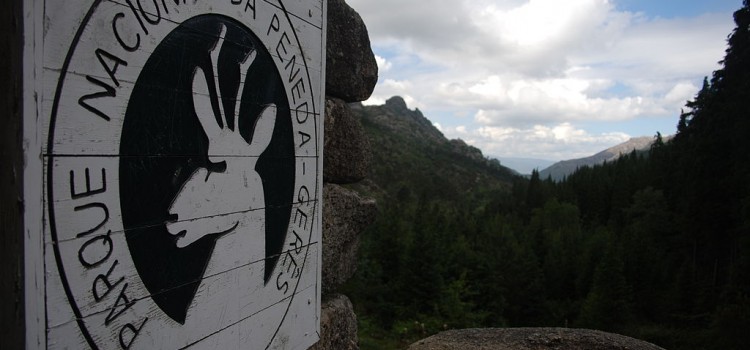
The Peneda-Gerês National Park also known simply as Gerês, is the only national park in Portugal (although many natural parks, protected landscapes, and reserves exist across the nation). It is located in the Norte region, in the northwest of Portugal, specifically in the districts of Viana do Castelo, Braga, and Vila Real. The park was created on 8 May 1971 due to its national and international scientific […]











